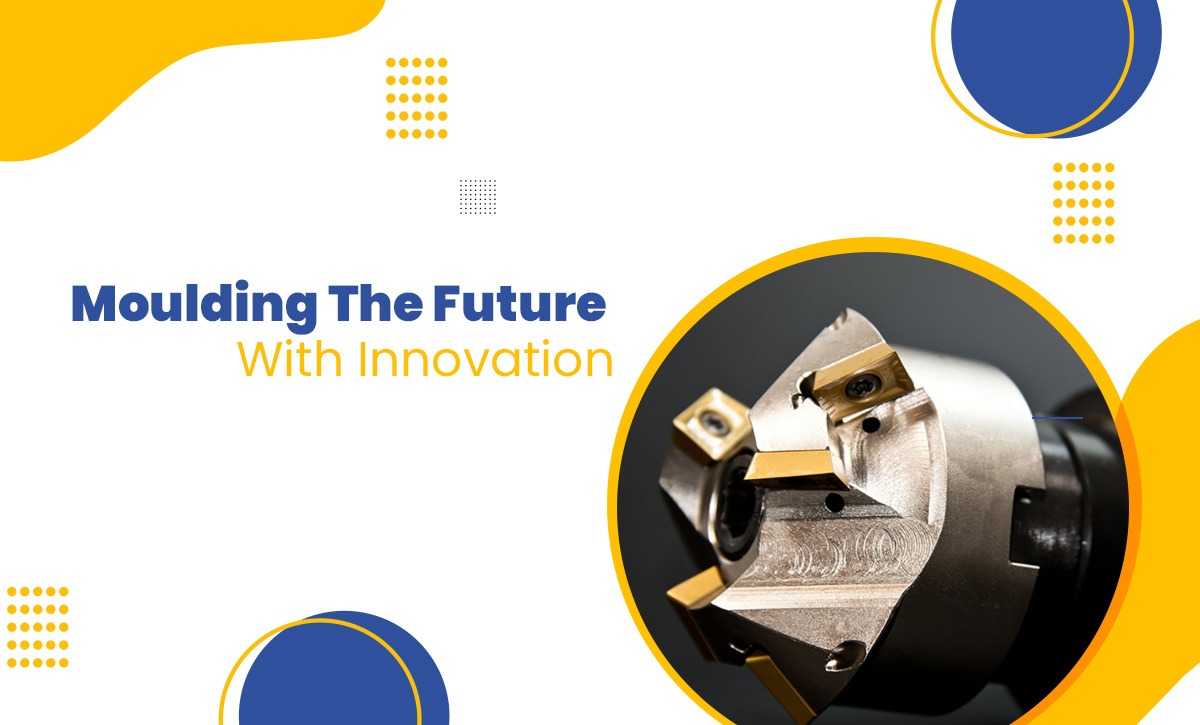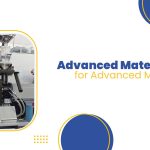
Innovations in Injection Moulding: What’s New and What’s Next?
Injection molding, a versatile manufacturing process used to create a wide range of products, has witnessed significant advancements in recent years. These innovations have led to improved efficiency, quality, and cost-effectiveness in the production of various components. Let’s explore some of the key trends shaping the future of Innovations in Injection Moulding.
1. Advanced Materials
- High-Performance Polymers: The development of high-performance polymers, such as engineering thermoplastics and liquid crystal polymers, has expanded the possibilities for injection molding. These materials offer enhanced properties like heat resistance, chemical resistance, and mechanical strength.
- Biodegradable and Sustainable Materials: A growing emphasis on sustainability has driven the development of biodegradable and renewable materials for injection molding. This includes bioplastics derived from plant-based sources, which offer a more environmentally friendly alternative to traditional plastics.
2. Digitalization and Automation
- Industry 4.0: Injection molding is increasingly embracing Industry 4.0 technologies, such as IoT, AI, and automation. This enables real-time monitoring, predictive maintenance, and improved process control.
- Additive Manufacturing: While additive manufacturing (3D printing) is often seen as a competing technology, it can complement injection molding by creating complex molds or tooling components.
3. Molding Technologies
- Multi-Shot Injection Molding: This technique allows for the injection of multiple materials or colors into a single mold, creating complex and intricate parts.
- Gas-Assisted Injection Molding: By injecting gas into the mold cavity, manufacturers can create hollow parts with thinner walls, reducing material usage and weight.
- Two-Color Injection Molding: This process enables the injection of two different colors or materials into a single mold, creating visually appealing and functional parts.
4. Mold Design and Optimization
- Mold Flow Analysis: Advanced simulation software allows for detailed analysis of the mold filling process,helping to optimize mold design, reduce cycle times, and prevent defects.
- Mold Temperature Control: Precise control of mold temperature is crucial for achieving consistent part quality.Advanced temperature control systems can help optimize the molding process.
5. Micro and Nano Molding
- Micromolding: This technique is used to produce tiny components with high precision, such as microfluidic devices and medical implants.
- Nanomolding: This technology enables the creation of even smaller structures, down to the nanoscale, for applications in electronics and materials science.
BSIL has been at the forefront of the injection molding industry, consistently incorporating the latest advancements to deliver exceptional products and services. Our commitment to innovation and our deep understanding of the industry have positioned us as a trusted partner for businesses seeking cutting-edge solutions. By partnering with us, you can benefit from our expertise in injection molding and our commitment to innovation. We are dedicated to helping you achieve your business goals and stay ahead of the competition.



Leave a Reply